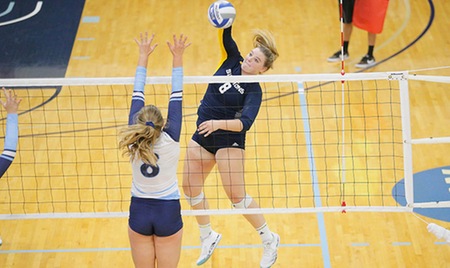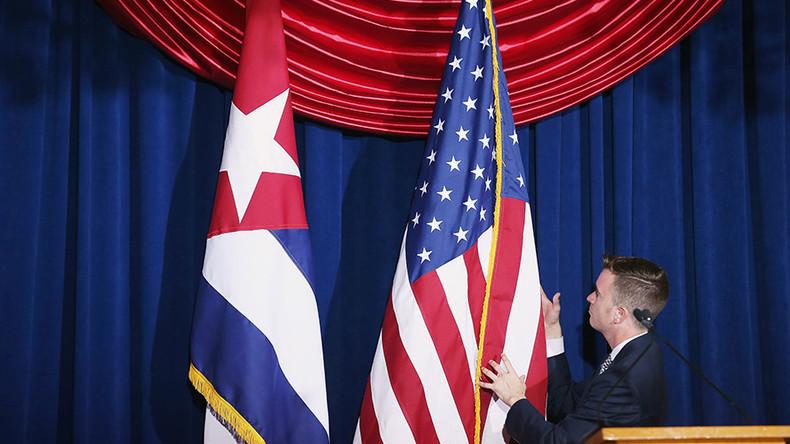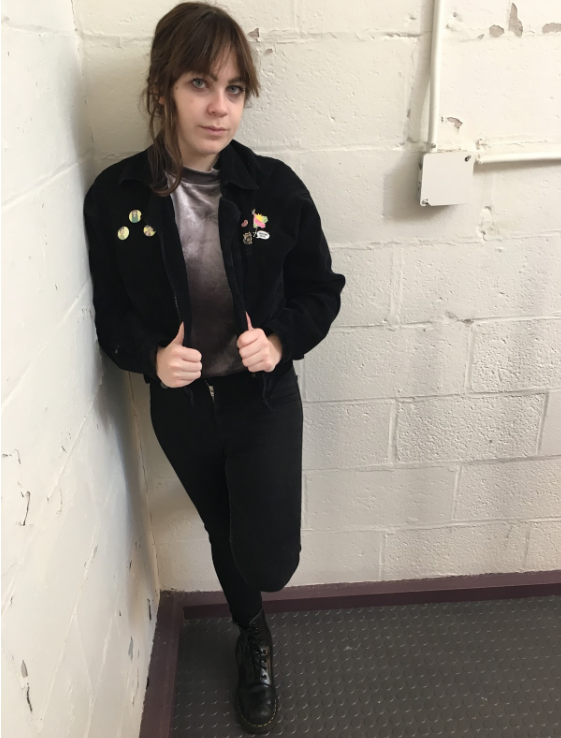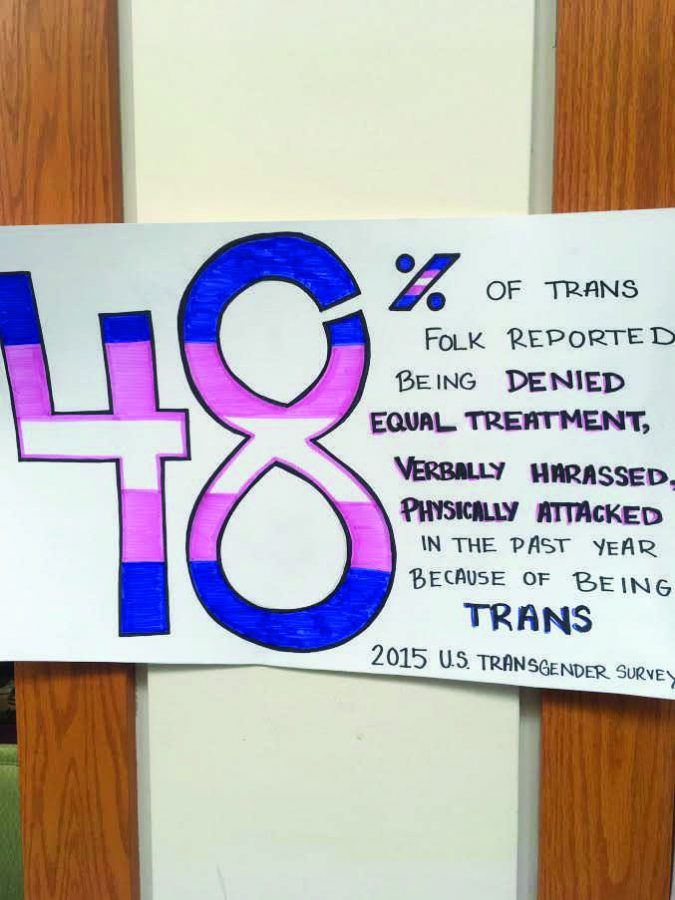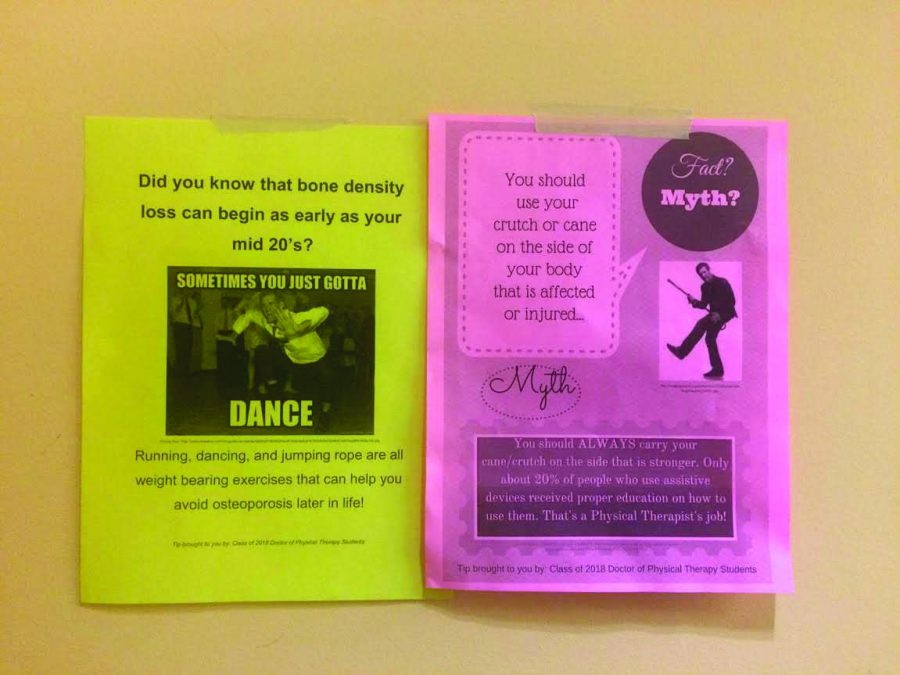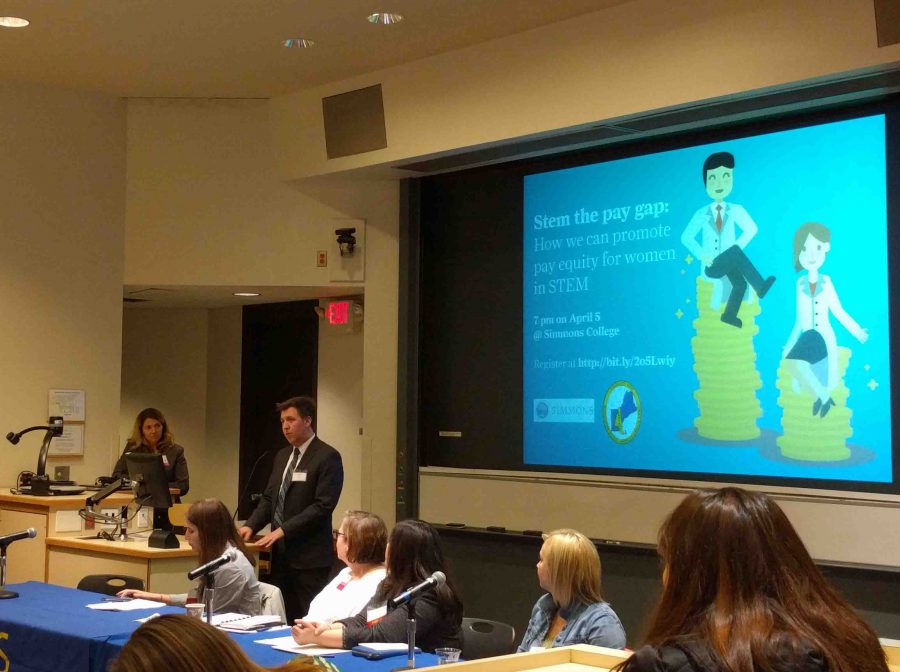By Madeleine Longwell
Staff Writer

At the Simmons Leadership Conference on March 29, actor Geena Davis spoke on the importance of women in media. Davis, who is also an athlete and member of MENSA, launched The Geena Davis Institute on Gender in Media in 2007.
During her morning keynote address, Davis explained the goals of her research and activism. “We need to change the way female characters are portrayed in media for children,” she said. Davis first noticed the difference between male and female portrayal in children’s media when she watched children’s programming with her daughter.
Through research at her institute, Davis has discovered a number of trends in female portrayals. Not only are women in fewer roles throughout the movie and television industry, but many of their roles depict them as princesses or girls in need of a male protector. “There are just fewer good parts for women,” Davis pointed out.
Not only are there fewer good parts for women, but how children see women portrayed in media at a young age is proved to have a lasting impact on how girls see themselves. In her research Davis has found that in media, men outnumber women 3 to 1. “One of the absolute best parts [of watching a movie] is identifying with the characters,” Davis said.
This concept rang true for closing keynote speaker America Ferrera as well. Ferrera—an actress and activist best known for her role in Ugly Betty—spoke on the issues of women’s portrayal in media as well.
As a Latina child, Ferrera often felt discouraged growing up: not only were there few women in the TV shows and movies she watched, but even fewer of those women looked like her.
Both Davis and Ferrera spoke about being both actors and activists. For Ferrera, making the choice between pursuing her International Relations degree and her acting was tough at first. Ferrera found one of the ways she could balance these roles was by playing Betty Suarez in Ugly Betty. “This character needs to be seen,” Ferrera explained. “We can’t underestimate the importance of images we put out.”
The two speakers suggested that much of this change could be made through depiction in the media. “You don’t know what impact you’re having, but people are always watching,” Davis said. The lack of representation for women in media does not stop behind the screen. In her research, Davis has also found that only about 7 percent of directors in the industry are women.
Although so few women are in positions behind the scenes as well, both Davis and Ferrera are not only actors but producers. But as much as progress has been made in recent years, they agree that much more needs to be done. In regards to women in the media, Ferrera agreed with Davis: “We’re not doing the best we can do to get opportunities to the pools of talent,” she said.
In her closing keynote speech, Ferrera offered plenty of advice on making these advancements. The key to these accomplishments is through cooperation. “We need to leave space to hear the other side of the conversation, we need to move to partnerships…if we are going to rise we all have to rise together.”




